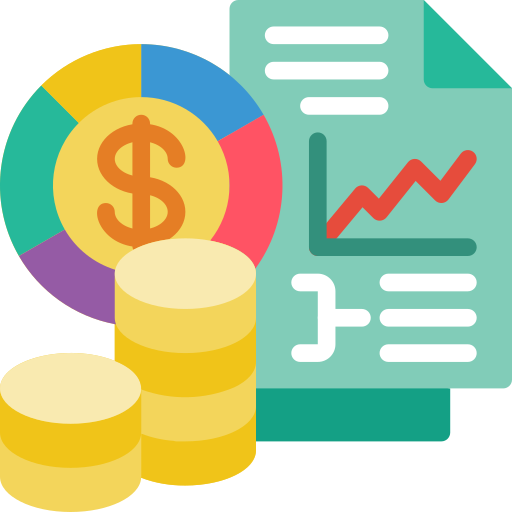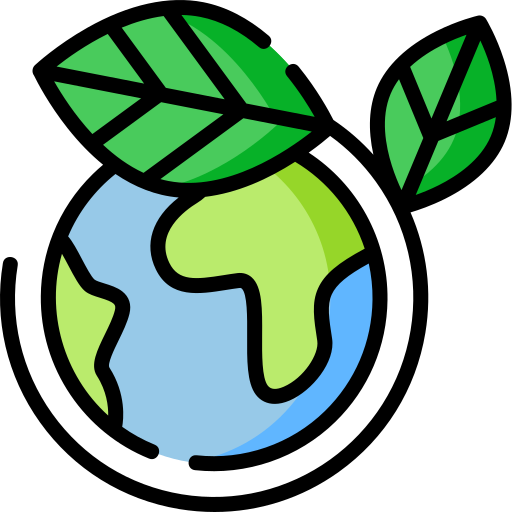Pakistan - Economy

How is the economy of Pakistan? Based on the information we have, Pakistan has a lower middle-income South Asian economy; extremely high debt; endemic corruption; regional disputes with India and Afghanistan hinder investment; falling inflation, IMF relief programs, and strong agricultural output slowly contributing to economic recovery. Key agricultural products in this country include: sugarcane, bison milk, wheat, milk, rice, maize, potatoes, cotton, mangoes/guavas, chicken (2023).
More about the economy of Pakistan
| Labor force | 83.644 million (2024 est.) |
|---|---|
| Industrial production growth rate | -1.7% (2024 est.) |
| Industries | textiles and apparel, food processing, pharmaceuticals, surgical instruments, construction materials, paper products, fertilizer, shrimp |
| Population below poverty line | 21.9% (2018 est.) |
| Taxes and other revenues | |
| Fiscal year | |
| Exchange rates | |
| Currency | Pakistani rupees (PKR) per US dollar - |
| Exchange rates 2024 | 278.581 (2024 est.) |
| Exchange rates 2023 | 280.356 (2023 est.) |
| Exchange rates 2022 | 204.867 (2022 est.) |
| Exchange rates 2021 | 162.906 (2021 est.) |
| Exchange rates 2020 | 161.838 (2020 est.) |
| Debt - external | |
| Debt - external 2023 | $89.148 billion (2023 est.) |
| Reserves of foreign exchange and gold | |
| Reserves of foreign exchange and gold 2024 | $18.408 billion (2024 est.) |
| Reserves of foreign exchange and gold 2023 | $13.73 billion (2023 est.) |
| Reserves of foreign exchange and gold 2022 | $9.927 billion (2022 est.) |
| Current account balance | |
| Current account balance 2024 | $699.22 million (2024 est.) |
| Current account balance 2023 | -$1.039 billion (2023 est.) |
| Current account balance 2022 | -$12.216 billion (2022 est.) |
| Public debt | |
| Public debt 2016 | 67.6% of GDP (2016 est.) |
| Budget | |
| Revenues | $40.774 billion (2015 est.) |
| Expenditures | $49.558 billion (2015 est.) |
| Budget surplus (+) or deficit (-) | |
| Remittances | |
| Remittances 2024 | 9.4% of GDP (2024 est.) |
| Remittances 2023 | 7.9% of GDP (2023 est.) |
| Remittances 2022 | 8% of GDP (2022 est.) |
| Household income | |
| Lowest 10% | 4.2% (2018 est.) |
| Highest 10% | 25.5% (2018 est.) |
| Average household expenditures | |
| On food | 37.8% of household expenditures (2023 est.) |
| On alcohol and tobacco | 1.3% of household expenditures (2023 est.) |
| Imports | |
| Imports 2024 | $66.844 billion (2024 est.) |
| Imports 2023 | $58.069 billion (2023 est.) |
| Imports 2022 | $76.594 billion (2022 est.) |
| Imports (partners) | China 25%, Qatar 11%, UAE 9%, Saudi Arabia 8%, Indonesia 6% (2023) |
| Comodities Imports force | natural gas, refined petroleum, crude petroleum, palm oil, plastics (2023) |
| Exports | |
| Imports 2024 | $66.844 billion (2024 est.) |
| Imports 2023 | $58.069 billion (2023 est.) |
| Imports 2022 | $76.594 billion (2022 est.) |
| Exports (partners) | USA 14%, UAE 10%, China 9%, Germany 7%, UK 6% (2023) |
| Comodities Exports force | garments, fabric, refined petroleum, rice, cotton fabric (2023) |
| Real GDP (purchasing power parity) | |
| Real GDP (purchasing power parity) 2024 | $1.39 trillion (2024 est.) |
| Real GDP (purchasing power parity) 2023 | $1.346 trillion (2023 est.) |
| Real GDP (purchasing power parity) 2022 | $1.347 trillion (2022 est.) |
| GDP (official exchange rate) | $373.072 billion (2024 est.) |
| Real GDP Per capita | |
| Real GDP per capita 2024 | $5,500 (2024 est.) |
| Real GDP per capita 2023 | $5,400 (2023 est.) |
| Real GDP per capita 2022 | $5,500 (2022 est.) |
| GDP - composition, by sector of origin | |
| Agriculture | 23.5% (2024 est.) |
| Industry | 20% (2024 est.) |
| Services | 50.5% (2024 est.) |
| GDP - composition, by end use | |
| Household consumption | 85.2% (2024 est.) |
| Government consumption | 8.5% (2024 est.) |
| Investment in fixed capital | 11.2% (2024 est.) |
| Investment in inventories | 1.7% (2024 est.) |
| Exports of goods and services | 10.4% (2024 est.) |
| Imports of goods and services | -17.1% (2024 est.) |
| Unemployment rate | |
| Unemployment rate 2024 | 5.5% (2024 est.) |
| Unemployment rate 2023 | 5.5% (2023 est.) |
| Unemployment rate 2022 | 5.5% (2022 est.) |
| Youth unemployment rate (ages 15-24) | |
| Total | 9.9% (2024 est.) |
| Male | 9.8% (2024 est.) |
| Female | 10.1% (2024 est.) |
All Important Facts about Pakistan
Want to know more about Pakistan? Check all different factbooks for Pakistan below.









